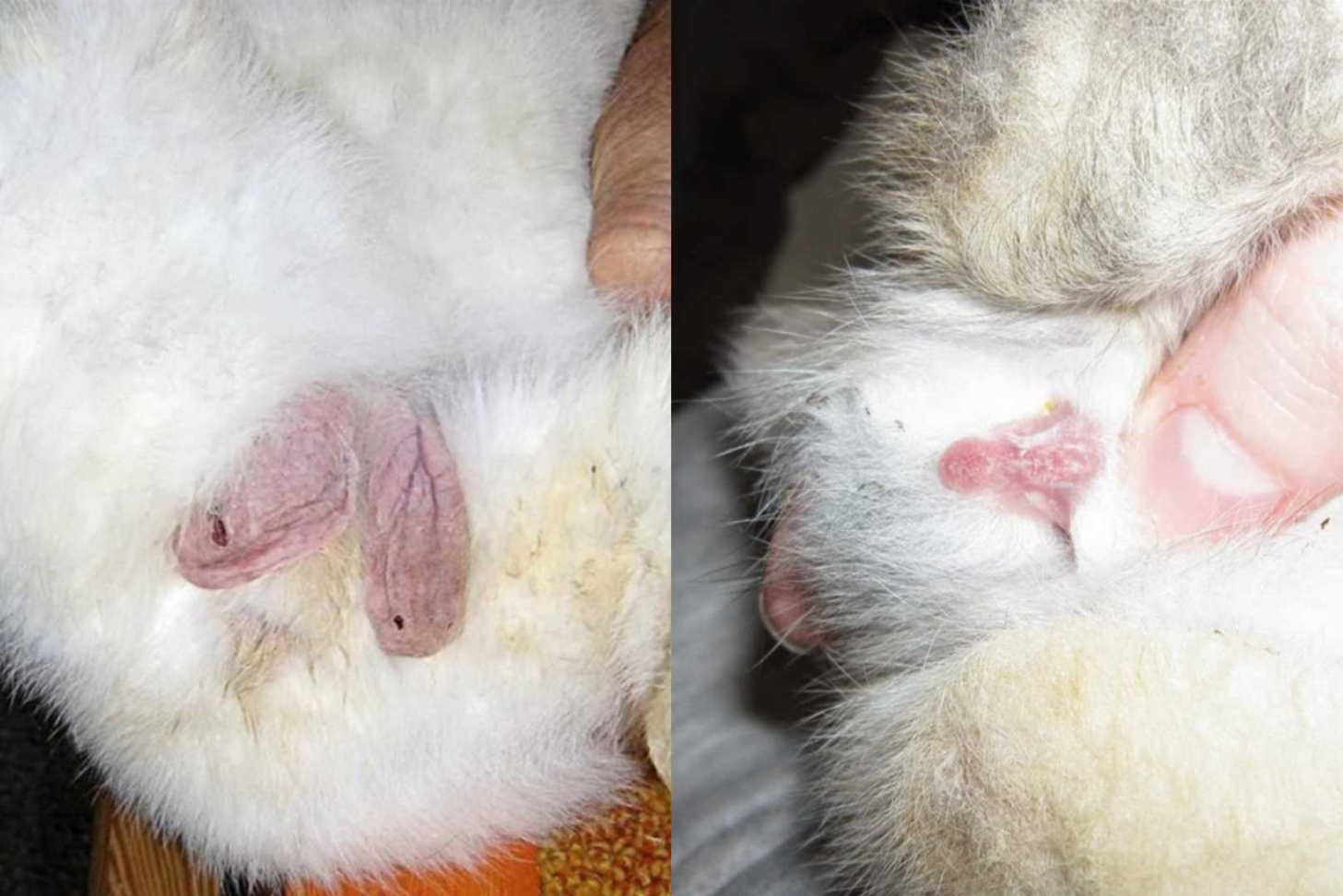How to Tell If a Rabbit is Male Or Female?
Rabbits are popular pets known for their adorable appearance and gentle nature. If you own a rabbit or are considering getting one, it’s essential to know how to determine its gender accurately. While it can be challenging to identify a rabbit’s sex, there are a few key physical characteristics and behaviors that can help you determine whether your rabbit is male or female.

1. Physical Differences
Rabbits have several physical differences between males and females that can aid in determining their gender.
Size and Build
Male rabbits, also known as bucks, are generally larger and more robust than female rabbits, called does. However, relying solely on size and build may not be enough to determine their gender accurately.
Genitalia
Examining the rabbit’s genitalia is the most reliable method to determine its sex. Male rabbits have a rounded, protruding genital opening, while female rabbits have a vertical slit. This difference can be observed by gently lifting the rabbit’s tail.
Separating the Fur
Separating the fur around the genital area can provide further visibility. Males have testicles, which are usually visible as two small bumps, while females have a vulva, which is a small slit. It’s important to be gentle and cautious while performing this examination.
2. Behavior and Traits
Aside from physical characteristics, observing a rabbit’s behavior and traits can also offer insights into its gender.
Mating Behavior
Male rabbits tend to exhibit more dominant and territorial behavior when it comes to mating. They may mount other rabbits or objects, grunt, and spray urine to mark their territory. Females, on the other hand, may display nesting behaviors when they are pregnant or preparing to give birth.
Aggression
Male rabbits are generally more aggressive and territorial, which can be observed through their behavior towards other rabbits or even humans. Females tend to be more docile and less prone to aggression.
Personality
While it is not a foolproof method, some owners claim that the gender of a rabbit can influence its personality. Male rabbits are often described as more curious, adventurous, and outgoing, whereas females are said to be calmer and more reserved. However, it’s important to note that individual personalities can still vary.
3. Consult a Veterinarian
If you’re unsure about your rabbit’s gender despite examining its physical characteristics and observing its behavior, it’s best to consult a veterinarian. Vets have the necessary experience and expertise to determine a rabbit’s sex accurately.
Remember, it’s crucial to handle your rabbit with care and gentleness during any examinations or interactions to ensure their safety and well-being.
FAQs
At what age can you determine a rabbit’s gender?
Sexing a rabbit can be more accurate once they reach around 8 to 10 weeks old. However, it’s best to consult a veterinarian for confirmation.
Can rabbits’ testicles be hidden?
Yes, especially in younger rabbits, the testicles may not be fully descended and may be more difficult to locate. A veterinarian’s expertise may be required to determine the gender in such cases.
Are there any risks associated with examining a rabbit’s genitalia?
It’s essential to be extremely gentle while examining a rabbit’s genitalia. Rough handling or excessive stress can cause harm or distress to the rabbit. If you’re uncertain or uncomfortable with performing this examination, consult a veterinarian for assistance.
Can rabbits’ behavior and traits change over time?
Yes, rabbits’ behavior and traits can be influenced by various factors, including age, living environment, and social interactions. While gender may play a role, individual personalities can also evolve and change as rabbits grow and adapt to new circumstances.
By considering the physical differences, observing behavior and traits, and seeking professional help if needed, you can successfully determine the gender of your beloved rabbit. Remember to handle your rabbit with care and respect at all times to maintain a strong bond and ensure their well-being.
Related Articles…
Copyright Notice:
This website utilizes images found online, all copyrights are retained by their original owners. If you would like an image removed, kindly contact us.